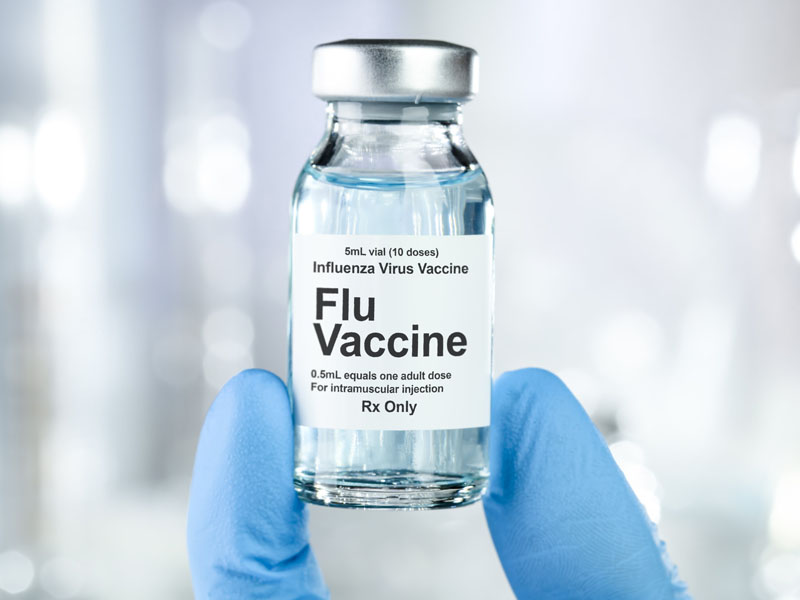A peculiar phenomenon is occurring in Chernobyl, Ukraine. It has been a ghost town since the nuclear accident in 1986, and radiation levels are too high for humans to live safely. When the accident occurred, it released over 100,000 lbs of radioactive material into the atmosphere which was dispersed across Europe and the USSR. Over 100,000 people were evacuated from over 200 villages. An exclusion zone with a 30 km radius was created to protect humans from the radiation that still remains (NPR, 2024). The level of radiation varies within the CEZ because wind and rain spread the radiation when the accident occurred. Wolves are in a unique position as the apex predators– they encounter radiation exposure at every level of the food chain. From a contaminated deer eating contaminated grass, wolves are one of the most radiation-exposed animals in the CEZ. The wolves in the CEZ are exposed to much higher levels of radiation than are considered safe for humans. For humans, the annual limit is 1 mGy, but for wolves, they are exposed to 2.6-35.7 mGy on a daily basis (MIT News, 1994). Despite this high level of radiation, the wildlife is thriving, filled with elk, deer, boar, and wolves. While radiation is typically thought of as a risk for developing cancer, the Chernobyl grey wolf population is thriving in tandem with this disease, developing a population that is nearly seven times as dense as surrounding wolf populations. Puzzled by their strange ability to survive in these harsh conditions, researchers set out to determine what was going on. Scientists measured nine wolves’ movement and radiation levels within the CEZ through a GPS containment-monitor for six months. They found that the level of radiation varied depending on where the wolves were within the CEZ (Hinton et al., 2019). Although the level of contamination varies, these high levels of radiation may be enough to drive natural selection, helping wolves thrive in these harsh conditions (Love et. al, 2020).
Scientists set out to uncover if the radiation from Chernobyl was enough to drive natural selection, allowing the population to evolve in such a way to protect it from radiation. Researchers analyzed the wolves’ fecal samples for parasites, took blood samples to sequence the full blood transcriptomes, a collection of mRNA transcripts, and muscle tissue samples. The study also looked at the blood cell composition of these wolves, to take a closer look at the immune cells, which are indicative of different types of stress or disease (Love et. al, 2020). The study compared CEZ wolves to those in Belarus, outside of the CEZ, and to wolves in Yellowstone National Park (NPR, 2024). They found that some of the fastest-evolving genes “have some role in cancer immune response or the anti-tumor response in mammals” (NPR, 2024). These genes are called Endogenous Retroviruses, or ERVs, which are associated with neurological, autoimmune, and oncogenic diseases in humans. Not much is known about these cells, including what exactly triggers their activation and what regulates them. What scientists do know is that not all ERVs are bad– helpful ERVs can help stimulate a retroviral immune response which helps spur tumor cell death. Scientists believe that environmental stimuli, like radiation exposure, likely influences ERV activation; however, more research still needs to be done. Wolves in the CEZ have higher levels of ERV expression, indicating that there are divergent ERV regulatory patterns between wolves that are exposed and unexposed to radiation. While scientists must learn more about ERVs and their effect in wolves, more research is needed on the effects of radiation contamination in the environment and what is driving cancer development in radiation-contaminated habitats (Love et. al, 2020).
Although there is evidence of a genetic component of wolves being resistant to cancer, there is another important factor to keep in mind– human presence. Humans have largely been absent from the CEZ for nearly forty years, so wolves are free from the pressures humans bring. For instance, perhaps for wolves the pressure from hunting is so that it may be better than having to deal with cancer. Essentially, hunting may pose a bigger threat to wolves than cancer. Other human-related pressures these wolves do not face are land, pollution, human disease, and more. However, more research must be done to fully understand all the pressures these wolves are under. While research in the CEZ has been halted because of the war in Ukraine, the wolf population is likely thriving because of a genetic component and from no human pressures (NPR, 2024).
Researchers hope to return to the region to find and identify these cancer-resilient genes which could inform human cancer treatments. Although their research is paused, the Chernobyl wolf population is a remarkable feat of perseverance and resilience.

Figure 1. A gray wolf in the Chernobyl Exclusion Zone. (Chernobyl’s Mutant Wolves Have Evolved Anti-Cancer Abilities | IFLScience, n.d.)
Literature Cited




